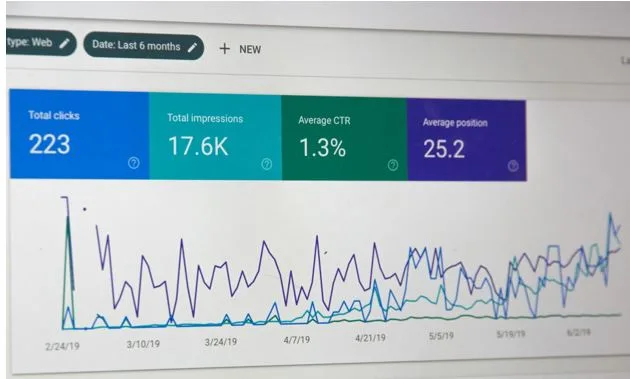AWS to Azure Migration: What Business Owners Need to Know
If your business started on AWS, you’re not alone. It’s a solid platform. But lately, more and more business owners are asking the same question: is Microsoft Azure a better fit for where we’re headed?
Azure appeals for practical reasons. It can lower your monthly spend, simplify how your systems work together, and give your team more control without adding complexity. If your business leans on Microsoft tools, the case gets even stronger.
Why Businesses Are Making the Switch to Azure
Let’s get straight to it. Here’s why an AWS to Azure migration is showing up on so many business leaders’ radar:
- It can lower your cloud costs.
If you’re running Microsoft software like Windows Server or SQL Server, Azure can cut your bills significantly. Microsoft’s Hybrid Benefit lets you bring existing licenses with you, and that alone can change your monthly cloud spend in a big way.
- It connects everything.
If your team uses Microsoft 365, Teams, or Active Directory, Azure keeps it all under one roof. Your systems talk to each other more easily, and your IT environment becomes simpler to manage.
- It’s built to scale globally.
With over 50 Azure regions around the world, expanding your business or serving international customers gets easier without latency issues.
- It’s backed by serious security.
Microsoft invests over a billion dollars a year in cybersecurity. If you’re worried about compliance, data protection, or ransomware, this matters. A lot.
What an AWS to Azure Migration Actually Looks Like
You don’t need to get into the weeds, but here’s a quick overview of how it usually goes:
- Assessment – Take stock of your AWS environment and figure out what makes sense to move and when.
- Planning – Set goals, costs, and a realistic timeline. A good plan minimizes disruption.
- Migration – Use Azure’s tools and best practices to move workloads securely.
- Testing – Validate everything. No surprises.
- Optimization – Once you’re live, fine-tune performance, costs, and security.
The key here: it doesn’t have to be all at once. A phased, thoughtful migration keeps your business online and your team productive.
Why You Shouldn’t Go It Alone
AWS to Azure migration sounds simple on paper. In reality, it’s a high-stakes project. Getting it wrong can mean downtime, data loss, or budget overruns.
That’s why a lot of business owners bring in a Managed IT Services Provider (MSP). Here’s what they bring to the table:
- They do the heavy lifting. Your internal team doesn’t need to become cloud experts overnight.
- They’ve done this before. An experienced MSP has handled dozens or even hundreds of migrations. They know where the potholes are.
- They provide 24/7 support. After the move, they’re monitoring everything so you don’t have to.
- They keep your IT costs predictable. Many offer flat-rate pricing that makes budgeting easier.
For you, the biggest value is peace of mind. Your team stays focused on the business. Let an IT Service Provider handle the cloud.
So, Is Azure the Right Move for You?
If you’re already in the Microsoft ecosystem, need stronger cost control, or want a more integrated setup, Azure is worth a hard look.
And if you’re serious about making the switch, don’t wing it. Work with a partner who knows how to get it done right.
The AWS to Azure migration doesn’t have to be painful. With the right plan and the right people, it’s a smart, strategic upgrade that could put your business in a stronger position for the years ahead.




